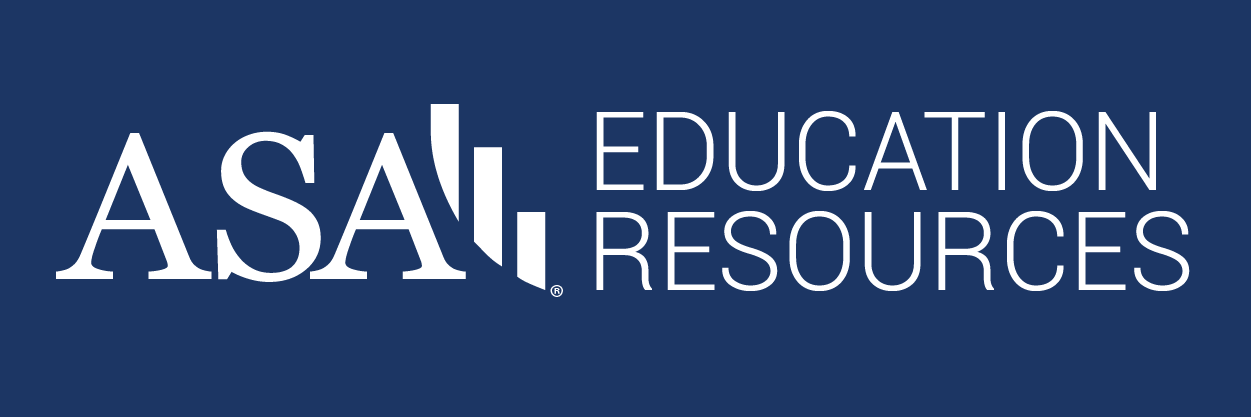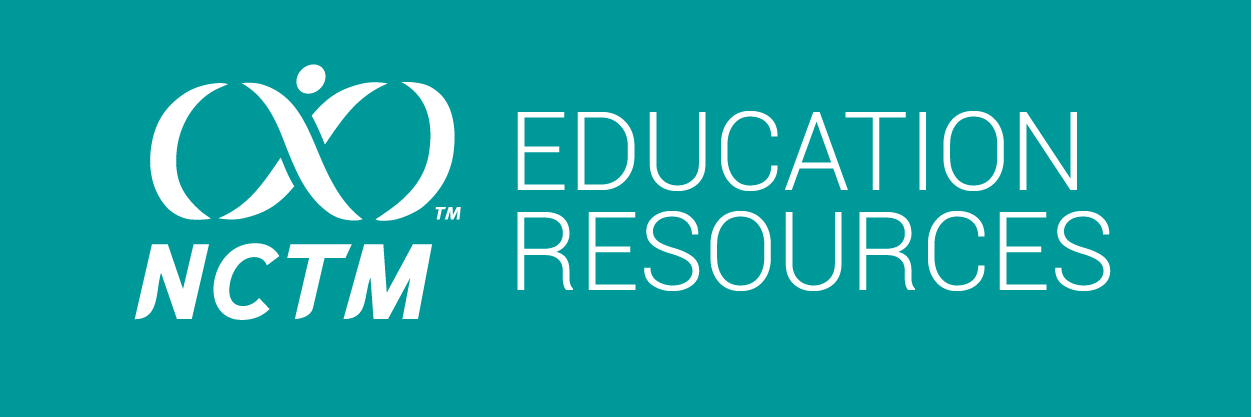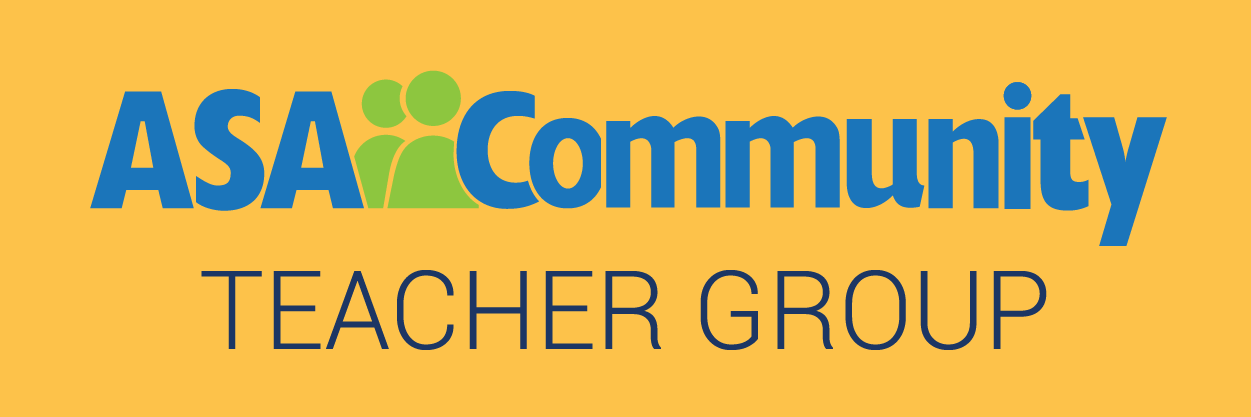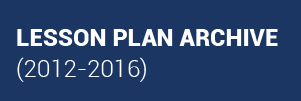Editors’ Note: Spring 2023
This issue of Statistics Teacher features two articles and three lesson plans with plenty of details for teachers to incorporate into their own practice.
In “If You Only Have One Hour … Teaching Statistical Inference to Youth,” Beth Chance, Elsa Medina, and Jacquelyn Silverbush share a series of activities used with students in grades 4–6 to introduce statistical inference. The article is structured based on the amount of time to devote to the topic, with lesson suggestions for one to six hours and further explorations suggested. The authors link to the Rossman/Chance applets with suggestions for incorporating them into students’ explorations. This article is sure to get teachers thinking about ways to engage students with inference at all grade levels.
In “An Administrative Team: Student Partnership–Centered Student Survey Project,” high-school teacher Kevin W. Reese shares a project designed for his introduction to statistics class. In this project, students worked with school district stakeholders to create statistical questions the students answered through surveying their classmates and analyzing the data. Students then presented their results to stakeholders. Reese offers an actionable plan for bringing introductory statistics students into the process of doing statistics and a clear, easily replicable structure for involving the community in this process.
Jason Cleveland shares “Bayesian Inference for Proportion of Water on Earth,” a lesson in which students practice data collection through doing a simulation, performing estimation, and providing support for or against a claim. The focus is on what proportion of Earth is covered by water. To accomplish this, students employ a simple technique for binary data and use web apps that visually display some of the harder concepts they can learn later.
“Exploring the Sampling Distribution of the Sample Proportion with a Study of Fingerprint Types in the US,” a lesson shared by Megan Mocko and Katina Gothard, explores the population distribution of fingerprints with loops and the sample distribution of fingerprints with loops. Students explore how the sample proportion of fingerprints with loops varies from sample to sample. They then draw simple random samples; calculate sample proportions; construct histograms; and compare sampling distributions’ shape, mean, and variability.
The lesson “Exploring Whether a Difference Is a Meaningful Difference” by Tim Jacobbe, Chris Franklin, Gary Kader, and Kaycie Maddox focuses on students conducting a comparative experiment to explore whether there are meaningful differences between the number of times people can write their name with their dominant hand and the number of times people can write their name with their nondominant hand. Analysis of the data includes data displays and calculations of measures of center and spread so comparisons between the two groups can be made.
Please consider writing for Statistics Teacher. We welcome submissions focused on teaching and learning statistics at any level.
Jessica Cohen
Statistics Teacher Article Editor
Western Washington University
Catherine Case
Statistics Teacher Lesson Plan Co-Editor
University of Georgia
Charlotte Bolch
Statistics Teacher Lesson Plan Co-Editor
Midwestern University











